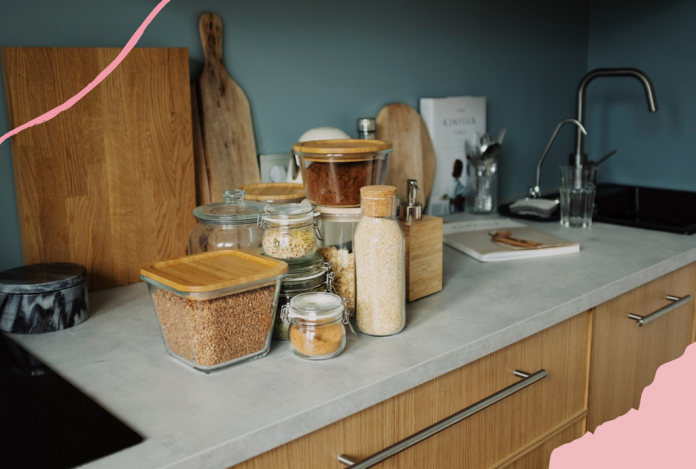Unique in its size for such a centrally located urban park, slap bang in the heart of London, Hampstead Heath is not just a haven for picnickers, dog walkers, parents with pushchairs and afternoon strollers. It’s also a treasure trove for urban foragers.
With its sprawling 320 hectares of woodland, meadows, and ponds, the Heath is a prime spot for those looking to connect with nature and gather some wild edibles. But before you set out with your basket and foraging guide, let’s consider the where, the when, and the how of foraging on Hampstead Heath.
Responsible Foraging
Hampstead Heath is a microcosm of British biodiversity, offering a variety of habitats that are home to numerous plant species. From the ancient woodlands to the grassy plains, each area provides a unique foraging opportunity. However, it’s crucial to remember that foraging must be done responsibly and sustainably to protect this precious ecosystem.
Indeed, foraging on Hampstead Heath is not only about what you find but also about how you collect it. Here are some guidelines to ensure you forage responsibly:
- Know the Law: Foraging for personal use is generally allowed, but commercial foraging requires permission. Always adhere to local regulations.
- Respect the Environment: Only take what you need and leave plenty for wildlife and regrowth. Avoid trampling plants and disturbing wildlife habitats.
- Be Sure Before You Pick: Misidentification can lead to serious health risks. If in doubt, leave it out.
- Leave No Trace: Be mindful of your impact. Don’t leave litter, and avoid damaging the area you are foraging in.
- Take a Guide: Carry a good foraging guidebook or, better yet, attend a foraging workshop. Knowledge is key to safe and sustainable foraging.

Useful Apps To Help With Foraging
Foraging can be greatly enhanced with the help of modern technology. There are several apps designed to assist foragers in identifying plants, learning about their uses, and even sharing locations (though the latter should be used with caution to avoid over-harvesting). Here are a couple of apps that could be particularly useful for foraging on Hampstead Heath:
PictureThis – Plant Identifier
Platform: iOS, Android
PictureThis uses AI to help you identify plants instantly with a photo. This can be particularly useful for distinguishing between edible plants and their toxic lookalikes.
iNaturalist
Platform: iOS, Android
iNaturalist is a joint initiative by the California Academy of Sciences and the National Geographic Society. It’s a citizen science project that allows you to share your observations with a community of naturalists and scientists.
By uploading a photo of a plant or mushroom, you can get help from the community in identifying it. This is particularly useful for beginners who are not yet confident in their identification skills, though the results aren’t always immediate.
The Camping Fire
Platform: Web-based, accessible on mobile via browser
The Camping Fire is a digital newspaper that focuses on giving you the latest camping and hiking news in the UK, including plenty of useful advice on foraging. There’s a big community aspect to the platform, with outwards bounds events regularly organised.
Falling Fruit
Platform: Web-based, accessible on mobile via browser
Falling Fruit isn’t an app but a massive, collaborative map of urban foraging locations worldwide. While it’s more focused on urban edibles, it can sometimes include entries from larger green spaces like Hampstead Heath.
The map is open for edits and additions, so you can add your own foraging spots or benefit from those added by others.
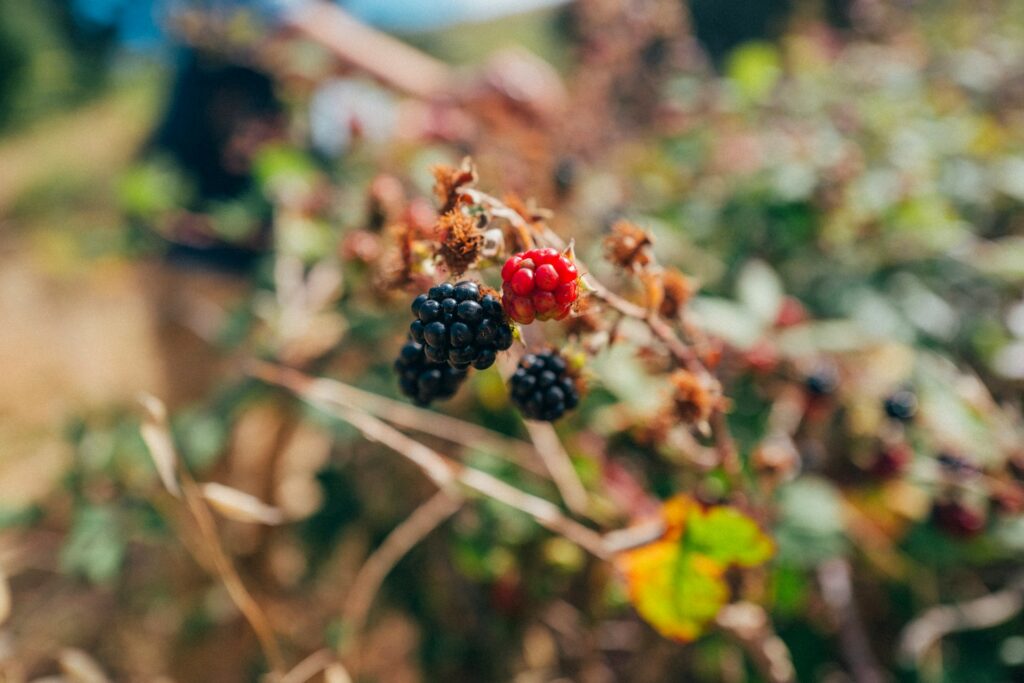
Where To Forage On Hampstead Heath
Hampstead Heath’s varied landscapes offer a multitude of foraging spots, each with its own seasonal offerings. Knowing the best places within the Heath can greatly enhance your foraging experience. Here’s a guide to some specific areas and what you might find there.
The Woodlands: A Fungi Hunter’s Dream
Highgate Wood: This ancient woodland is a hotspot for mushroom enthusiasts. In the damp, shaded areas, you might find Ceps (Boletus edulis) or the Shaggy Ink Cap (Coprinus comatus). The ground here is often rich with leaf litter, providing an ideal habitat for fungi.
The Bird Sanctuary Pond: Tucked away in the northern part of the Heath, this quieter spot is less disturbed, making it a good place for foraging for fungi like the Parasol mushroom (Macrolepiota procera).
The Grasslands: Herbs and Berries Galore
Parliament Hill Fields: The open grassy slopes here are a prime location for early spring greens such as dandelion leaves and nettles. As summer approaches, the bramble thickets yield blackberries, especially along the edges where the sunlight is plentiful.
The Heath Extension: This area is less manicured and more wild, making it a perfect place for chickweed and other hardy greens that can be found even in winter.
The Ponds and Wetlands: Edible Aquatic Plants
Hampstead Mixed Bathing Pond: The damp areas around this pond are ideal for spotting wild garlic in the spring. The garlic prefers the shaded, moist soil found here.
The Viaduct Pond: Watercress often grows in running water, and the streams feeding into the Viaduct Pond can be a good place to look. Always ensure the water is clean and the watercress is free from pollutants before picking.
Hedgerows and Scrubland: A Berry Forager’s Delight
Kenwood House Grounds: The manicured grounds and less-trodden areas around Kenwood House are brimming with elderflower in early summer, which later turn into elderberries. The hedgerows here are also excellent for blackberry picking in late summer.
Sandy Heath: This area, with its mix of heathland and woods, is great for finding gorse flowers in the spring, which can be used to make a lovely syrup or infused gin.
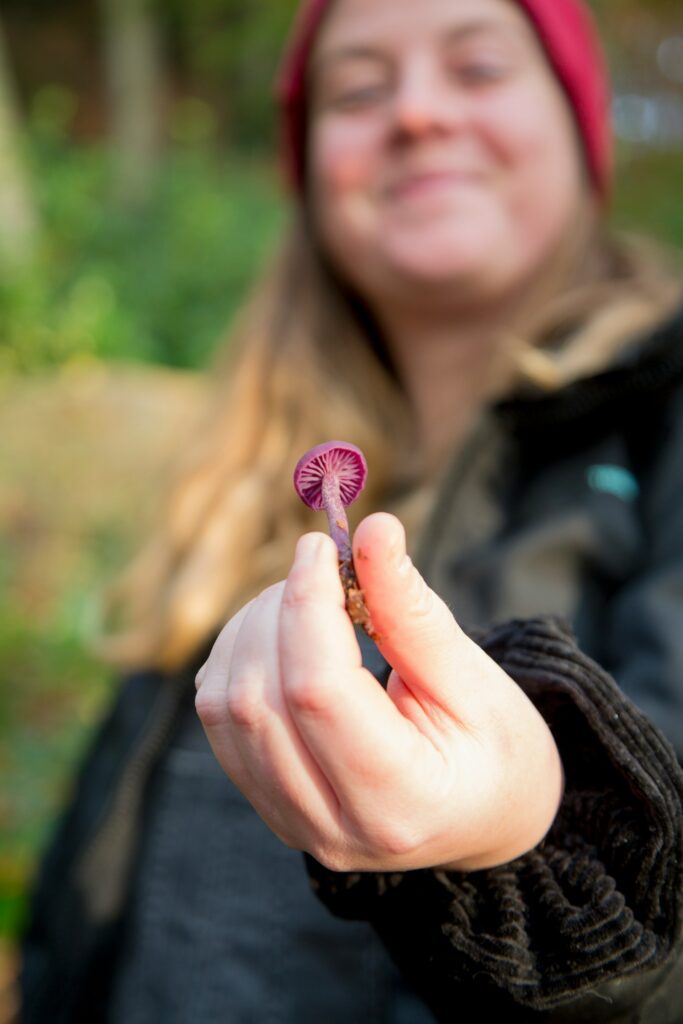
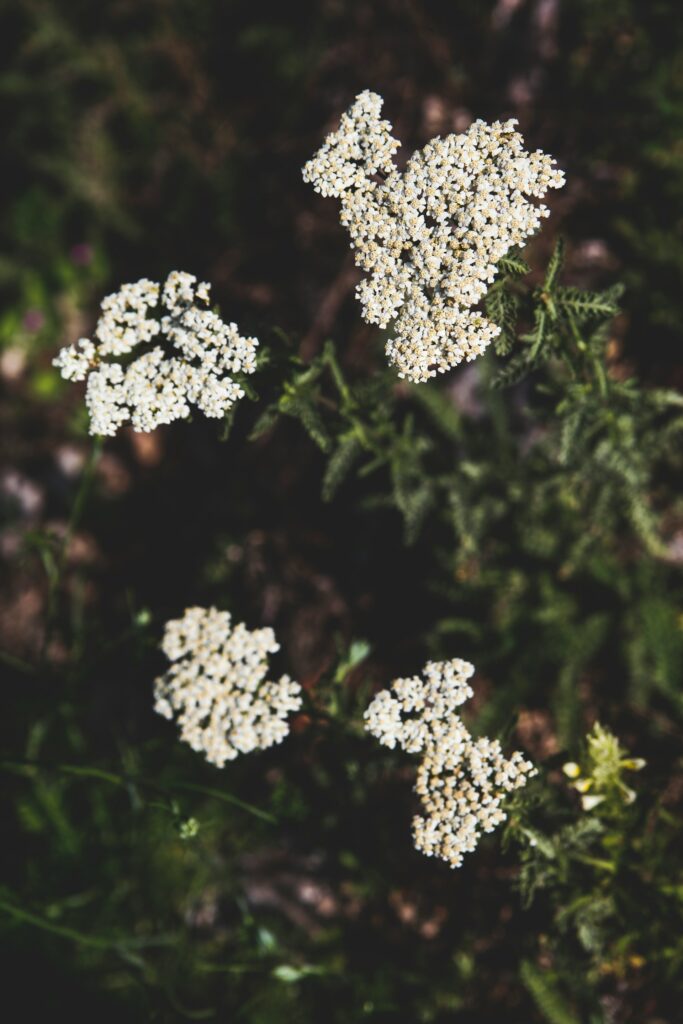
A Little More Knowhow…
- Respect Protected Areas: Some parts of Hampstead Heath are protected for wildlife conservation. Always observe signage and avoid foraging in these areas.
- Path Edges: Many edible plants grow along the edges of paths, but be mindful of picking these as they may have been exposed to dogs or other pollutants.
- Under Oak Trees: Look for acorns in the autumn, which can be leached and processed to make acorn flour.
- Slopes Facing the Sun: These spots are often warmer and can yield earlier fruiting of berries and mushrooms.
Always remember that while it’s a public space, it’s also a shared one. Foraging should be done with consideration for the plants, wildlife, and other people enjoying the area. Take only what you need, and leave plenty for others, including the wildlife that depends on these resources.
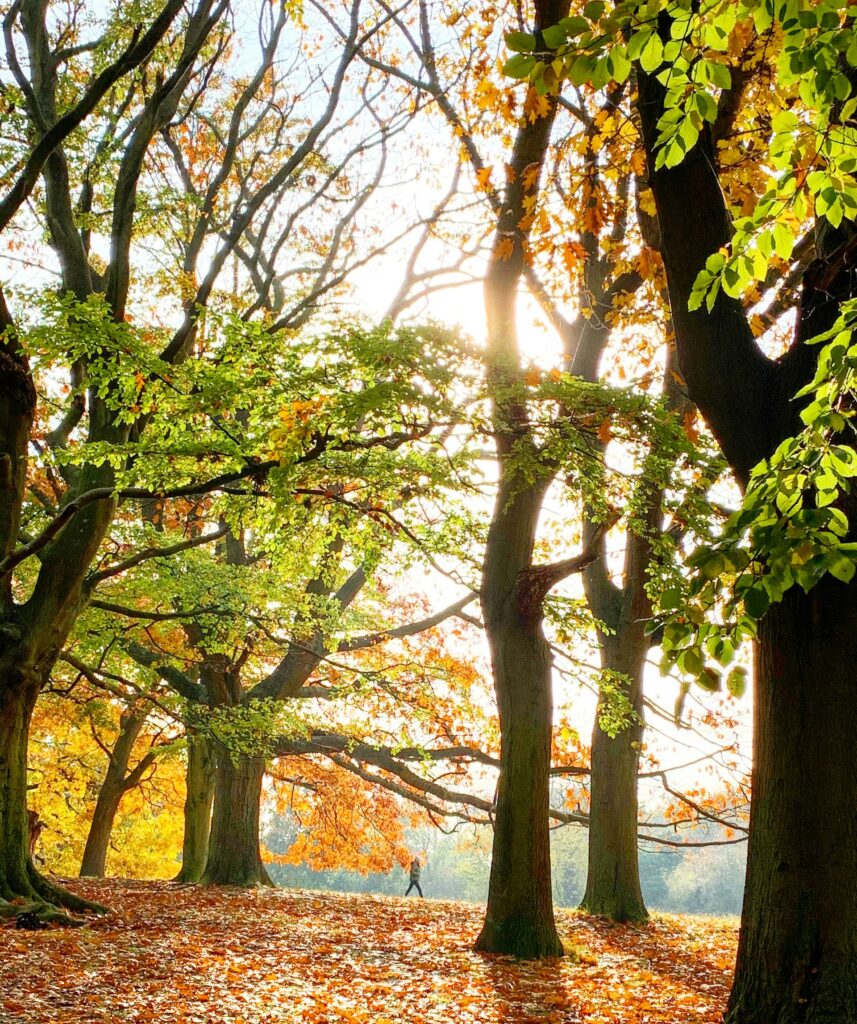

When To Forage
Spring: A Time of Awakening
As the Heath awakens from its winter slumber, the first to herald the arrival of spring are the wild garlic and nettles. You can find wild garlic carpeting the damper, shaded areas of the Heath, particularly in the vicinity of the Hampstead Mixed Bathing Pond. Its pungent aroma makes it unmistakable, and the leaves are best picked when they are young and tender, before the flowers bloom.
Nettles, often found in abundance near the edges of the woodlands, are ready when they are young and the first four to six leaves have just unfurled. They are rich in vitamins and make a nutritious addition to soups and pestos. Remember to wear gloves to avoid their sting!
Summer: The Berry Bonanza
As the sun climbs higher, the Heath’s berry bushes become laden with fruit. Blackberries are the stars of the show, rambling along the hedgerows that crisscross the Heath. Prime picking spots include the areas around Kenwood House and the edges of the East Heath. They are ripe when they turn deep purple-black and come away easily in your hand.
Elderberries, found near the Bird Sanctuary Pond, are ready when the clusters hang heavy on the branches, typically in late summer. They should be deep purple, almost black, and plump. Remember, elderberries must be cooked before eating to eliminate potentially harmful toxins.
Wild strawberries, a truly delicious hidden gem, can be spotted in sunnier clearings, often along the paths that wind through the Heath’s grasslands. These tiny berries are a sweet treat, best when bright red and aromatic.
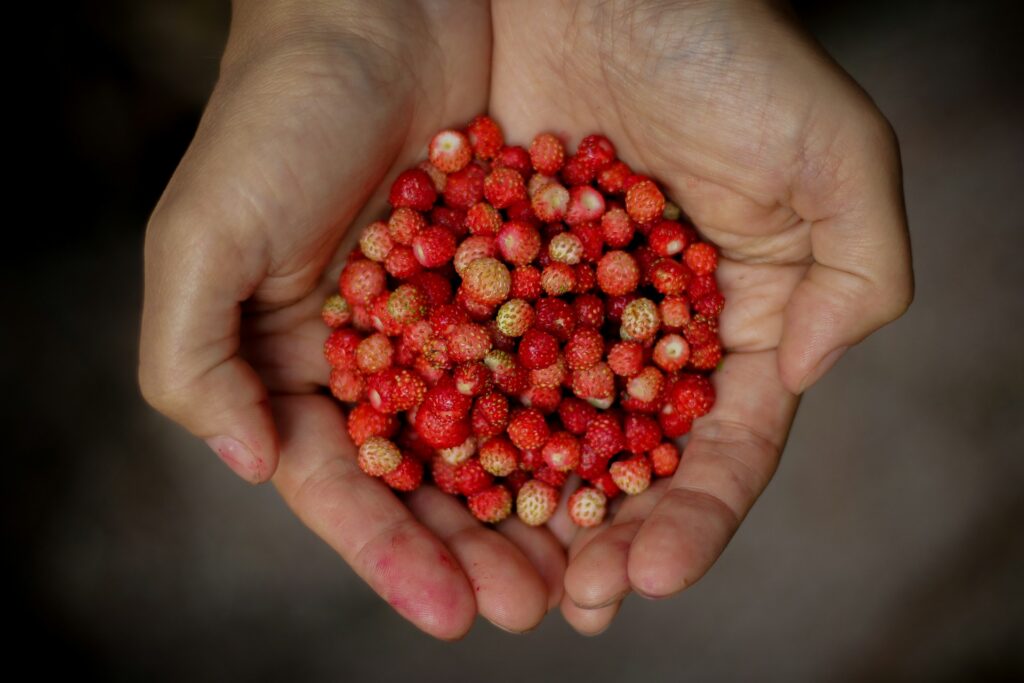
Summer’s End to Autumn: Mushroom Magic
Mushroom foraging is a highlight of the Heath, with the wooded areas near Highgate and the ancient woodlands around Sandy Heath being particularly fruitful. The prized Cep, or Penny Bun, can be found nestled at the base of old oak trees. They are ready when the cap is firm and the underside pores are white or pale yellow.
Look for the Parasol mushroom in the grassy meadows, identifiable by its large, umbrella-like cap. It should be picked when the cap is fully opened and the gills are free from the stem.
Always remember, with mushrooms, certainty is key. If you’re not 100% sure of the species, do not pick it.
Winter: The Subtle Harvest
Winter foraging is more subdued but can yield surprising finds like the hardy chickweed, which thrives in the cooler months. You’ll find it in the more unkempt, grassy areas, often near the Hampstead Heath Extension. Chickweed is best when the leaves are bright green and lush.
The occasional oyster mushroom can also be found on the sides of trees, particularly beech, throughout the Heath. They are ready to pick when the edges of the mushrooms are still slightly curled under and the flesh is soft and pliable.
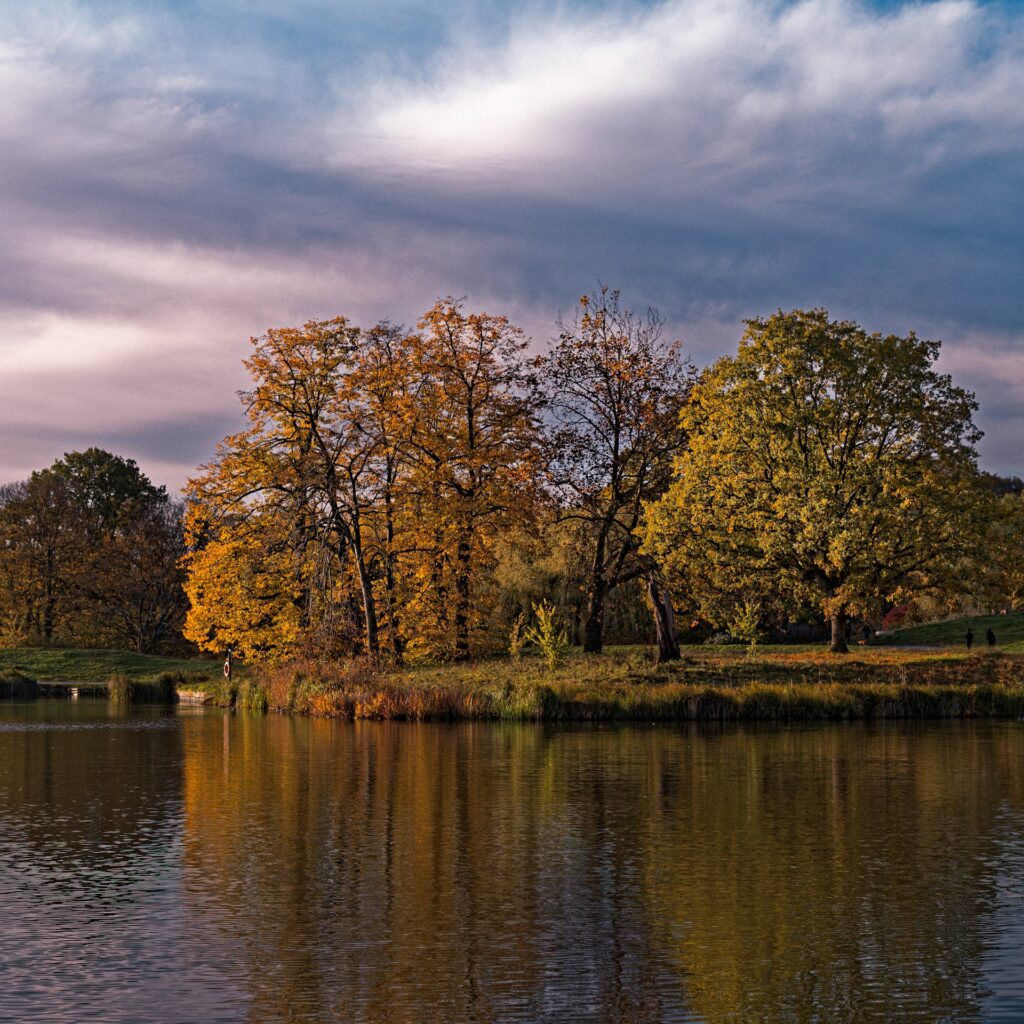
Knowing When It’s Ready To Pick
- Leafy Greens: They should be vibrant in color and not wilted. Young leaves are often more tender and flavorful.
- Berries: They should come off the stem with a gentle tug. If you have to pull hard, they’re not ready.
- Mushrooms: Firm flesh and a fresh, earthy smell are good indicators. Avoid any with signs of pests or decay.
- Nuts: They should be firm to the touch and not have any holes or cracks. Oooh, matron…
The Bottom Line
Foraging on Hampstead Heath can be a rewarding experience that connects you with the natural world in an intimate way. It’s a chance to learn about local flora and fauna, enjoy fresh, seasonal produce, and practice sustainable living.
Remember, foraging is not just about the harvest; it’s about the journey. Enjoy every step, every leaf, and every berry, as well as every thorn, sting and bite!


